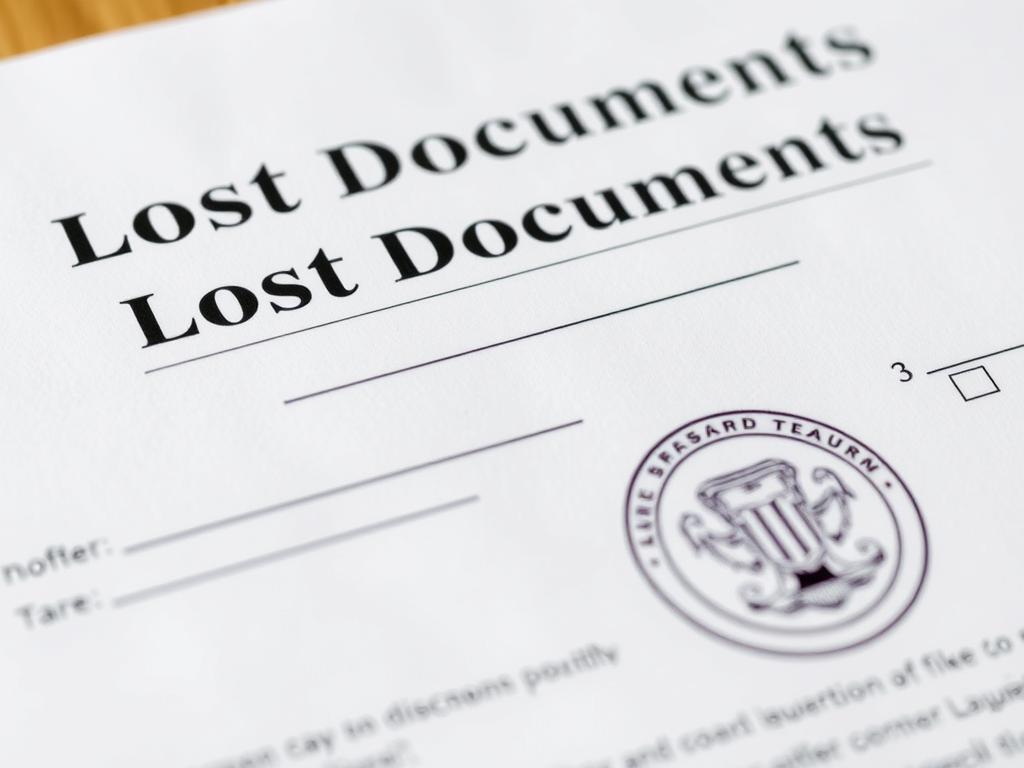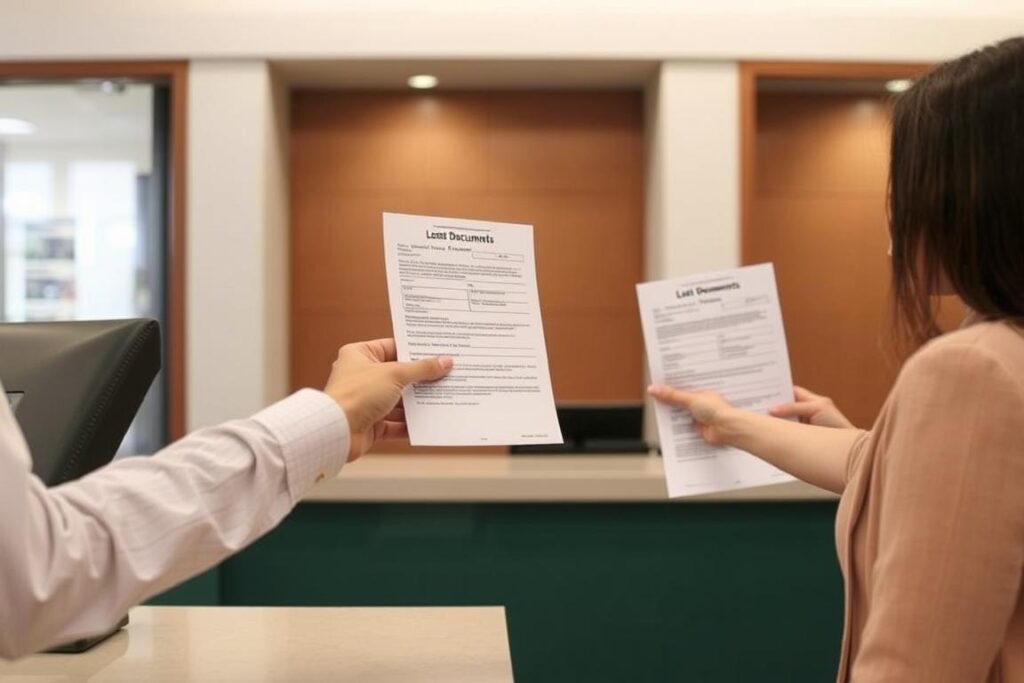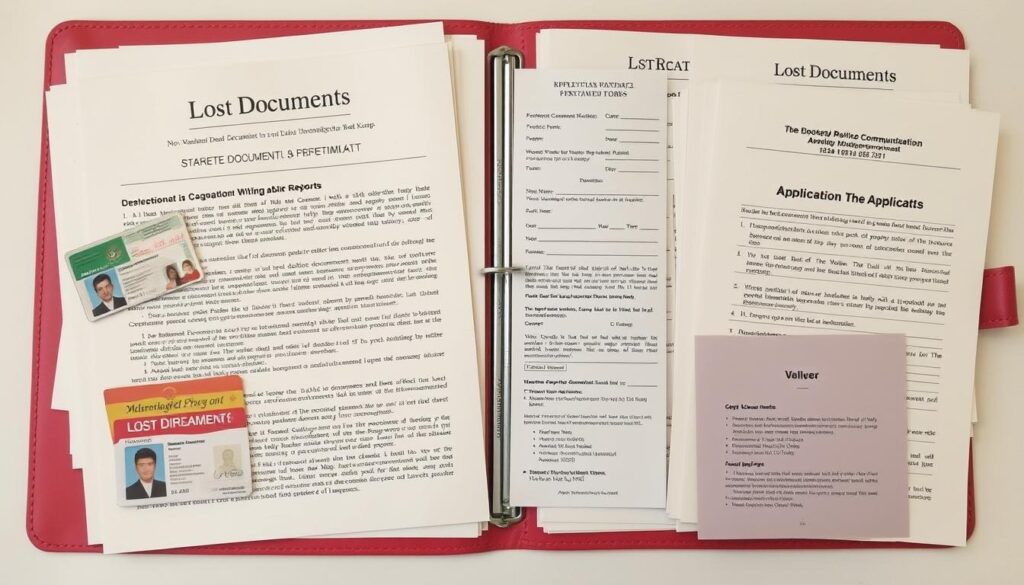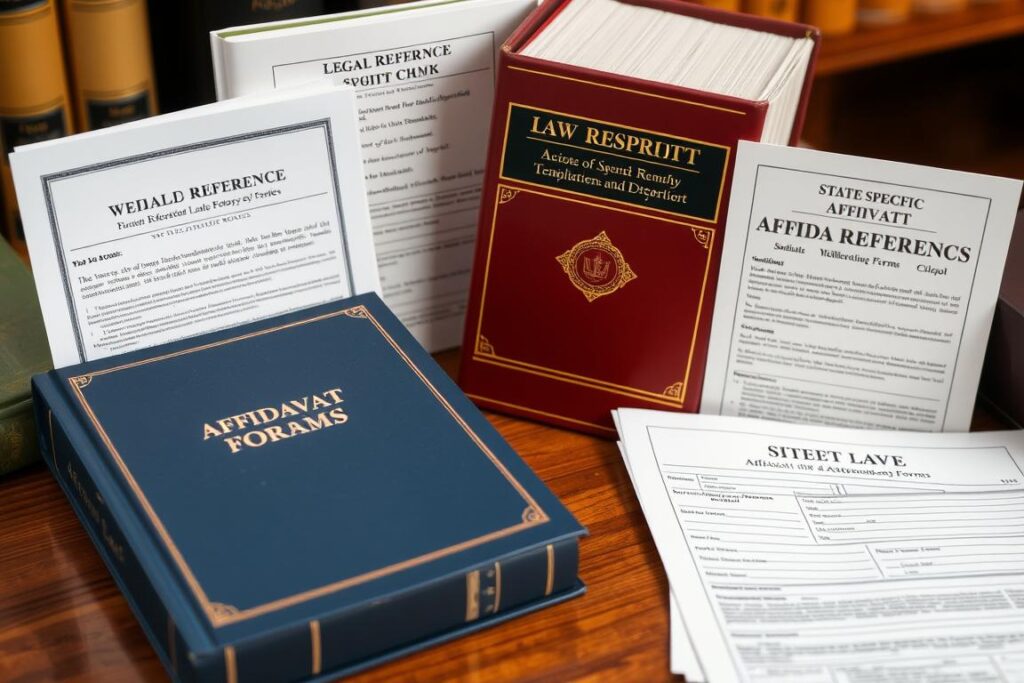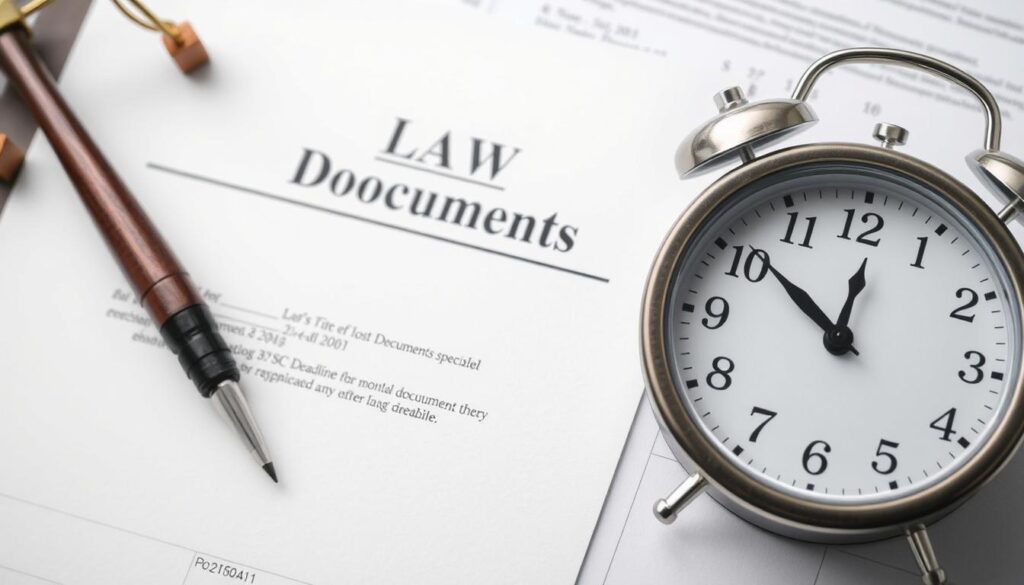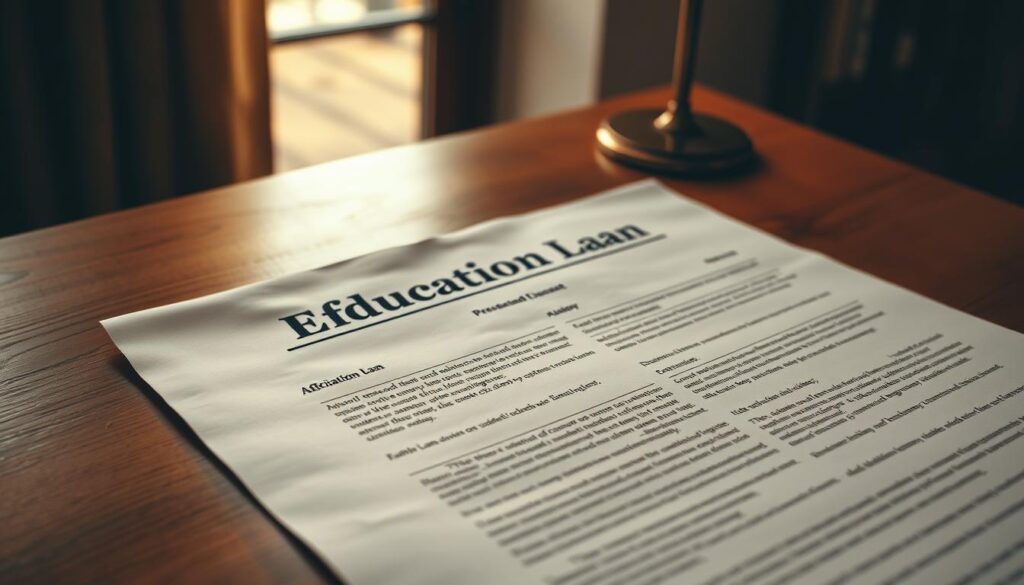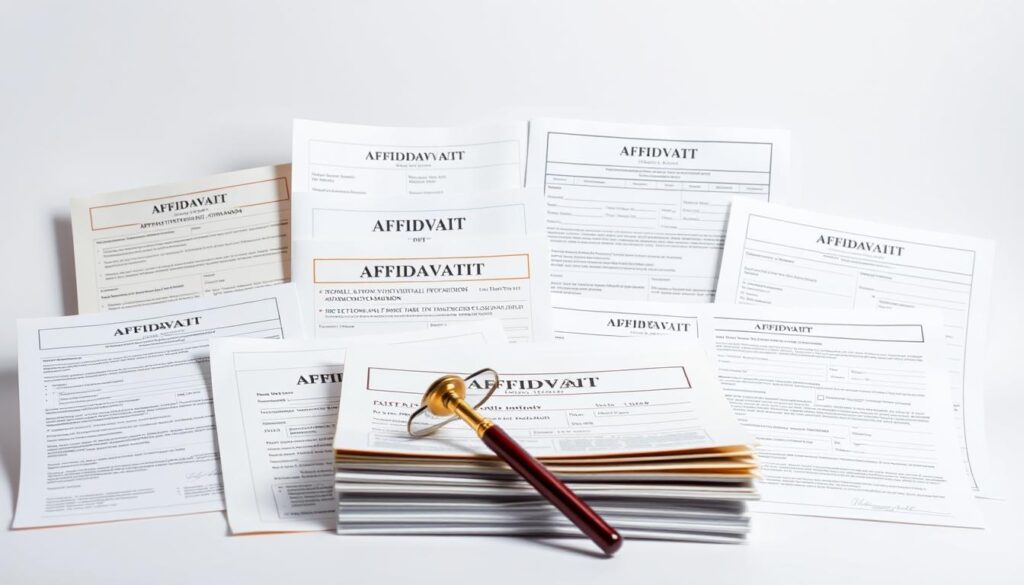What Are Affidavits?
An affidavit is a written statement where the signer (known as the “affiant”) legally declares that the content is true. It serves as sworn testimony in written form, carrying the same weight as if you were testifying under oath in a courtroom.
An affidavit must be signed in the presence of an authorized person such as a notary public
Affidavits are formal legal documents that must follow specific formatting requirements to be considered valid. They’re commonly used when live sworn testimony isn’t possible or practical, serving as evidence in various legal proceedings.
Key Components of Legal Affidavits
For an affidavit to be legally valid, it must contain several essential elements:
- The affiant’s complete legal name and personal information
- A clear statement that the affiant is swearing under oath
- Factual information presented in numbered paragraphs
- The signature of the affiant
- The attestation of a notary public or other authorized official
The affiant must be of sound mind, make statements voluntarily, and sign the document willingly. Making false statements in an affidavit can lead to serious legal consequences, including charges of perjury.
Common Types of Affidavits
Affidavits serve various purposes across different legal contexts. Understanding the most common types can help you determine which one suits your specific situation.
Affidavit of Residence
Used as proof of one’s current address, often required for school enrollment, government benefits, or establishing residency for legal purposes.
Affidavit of Marriage
Confirms marital status when a marriage certificate is unavailable. Commonly used in immigration cases, child custody matters, or financial proceedings.
Affidavit of Heirship
Used to transfer a deceased person’s assets to beneficiaries, sometimes allowing heirs to skip the lengthy probate process depending on the estate’s value.
Name Change Affidavit
Attests to a person’s identity and makes a name change official, commonly used after marriage, divorce, or other legal name changes.
Financial Affidavit
Verifies financial information, often required in divorce cases, bankruptcy proceedings, or when applying for financial assistance.
General Affidavit
A versatile document that can be tailored to meet specific needs in any legal situation, used to document a sworn statement of fact on any subject.
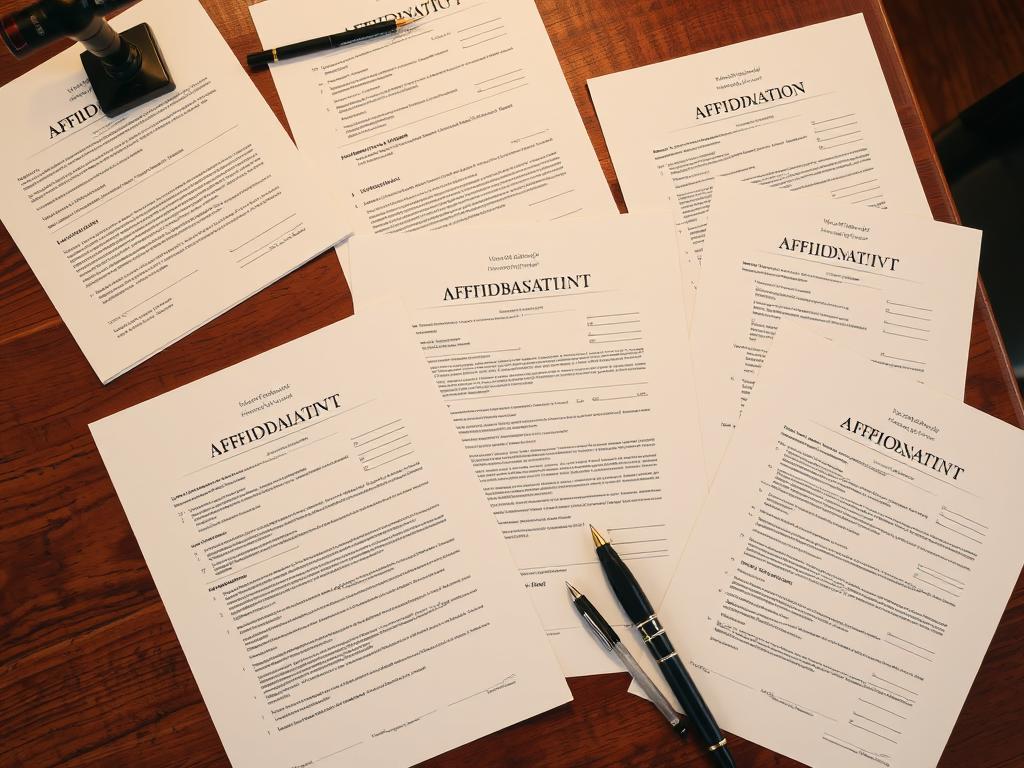
Various types of affidavits serve different legal purposes
What Are Agreements?
An agreement is a legally binding arrangement between two or more parties that creates mutual obligations enforceable by law. Unlike affidavits, which are sworn statements of fact, agreements establish rights and responsibilities between parties.

Agreements establish legally binding obligations between parties
Essential Elements of Valid Agreements
For an agreement to be legally enforceable, it must contain these key elements:
- Offer and acceptance (mutual consent)
- Consideration (something of value exchanged)
- Legal capacity of the parties involved
- Lawful purpose
- Clear and definite terms
Agreements can be written or verbal, though written agreements provide clearer evidence of the terms and are required by law for certain types of contracts (such as real estate transactions).
Common Types of Agreements
Agreements come in many forms, each serving different purposes in business and personal contexts.
Service Agreements
Define the scope, terms, and payment for services provided by one party to another. Common in business relationships, freelance work, and professional services.
Lease Agreements
Establish the terms for renting property, including duration, payment, maintenance responsibilities, and conditions for termination.
Employment Agreements
Outline the relationship between employer and employee, including job duties, compensation, benefits, and termination conditions.
Purchase Agreements
Document the sale of goods or property, including price, delivery terms, warranties, and conditions for return or exchange.
Confidentiality Agreements
Protect sensitive information by prohibiting parties from disclosing specified information to third parties.
Settlement Agreements
Resolve disputes between parties, often including terms for payment, release of claims, and confidentiality provisions.
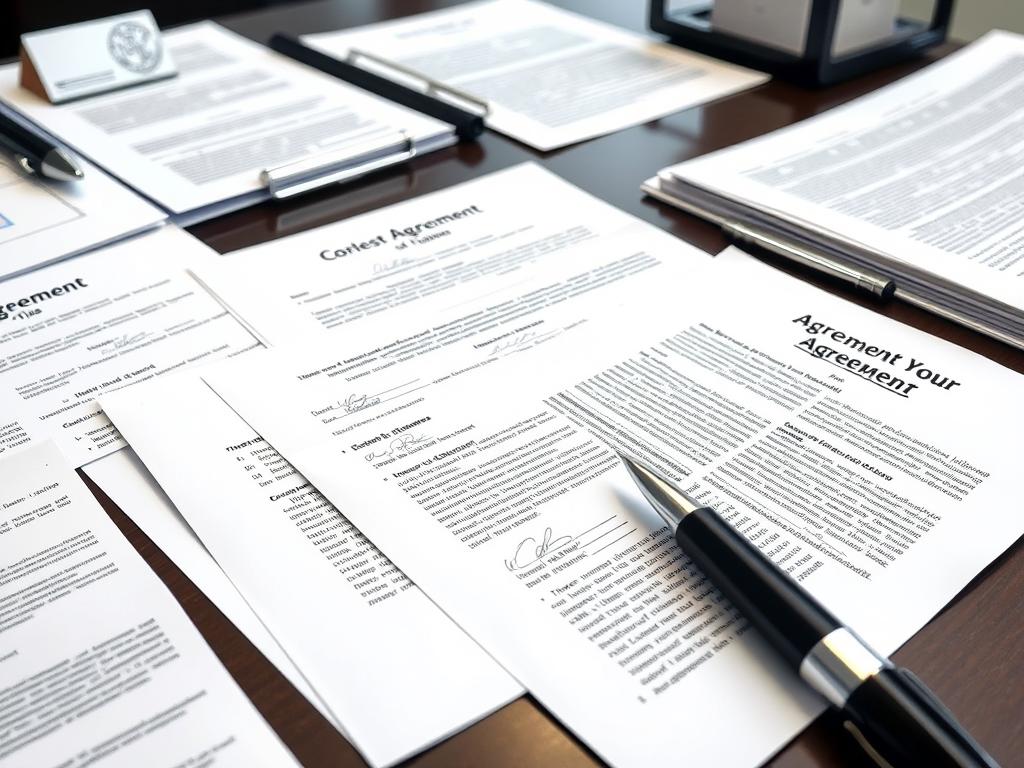
Different types of agreements serve various business and personal needs
Key Differences Between Affidavits and Agreements
While both affidavits and agreements are important legal documents, they serve fundamentally different purposes and have distinct characteristics.
| Feature | Affidavits | Agreements |
| Primary Purpose | Sworn statement of facts | Creation of mutual obligations |
| Parties Involved | One party (the affiant) | Two or more parties |
| Legal Requirement | Must be sworn under oath | Must have mutual consent |
| Notarization | Usually required | Not always required |
| Primary Use | Evidence in legal proceedings | Establishing contractual relationships |
| Legal Consequence | Perjury for false statements | Breach of contract for violations |
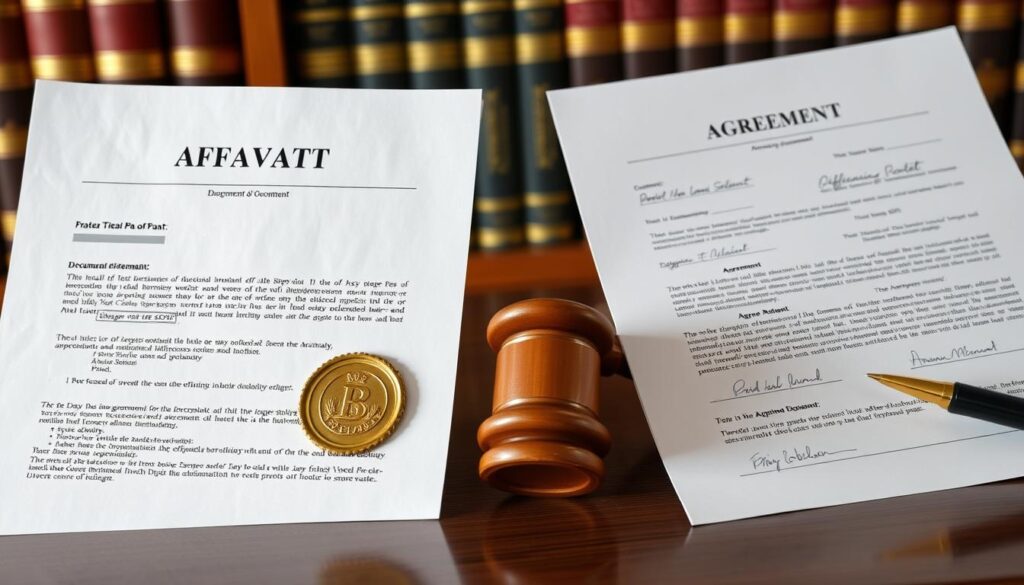
Affidavits and agreements serve different legal purposes and have distinct formats
How to Draft an Affidavit
Creating a legally valid affidavit requires attention to detail and adherence to specific formatting requirements. Follow these steps to ensure your affidavit will be accepted in legal proceedings.
- Start with a heading – Include the court information if applicable, or simply title it “Affidavit of [Your Name]” if not for an open case.
- Include a statement of oath – Begin with a declaration that you are swearing under oath to the truthfulness of the information.
- Provide personal information – State your full legal name, address, and sometimes occupation.
- Present facts in numbered paragraphs – Each paragraph should contain one fact, be numbered sequentially, and written in the first person.
- Use clear, concise language – Avoid legal jargon, opinions, hearsay, or inflammatory statements.
- Include supporting documents as annexures – If referencing documents, attach them as properly labeled annexures.
- End with a closing statement – Typically “Further Affiant Sayeth Naught” to indicate the end of your statement.
- Leave space for signatures – Include lines for your signature and the notary’s attestation.
Sample Affidavit Clause
“I, [Full Name], of [Address], [City], [State], being duly sworn, hereby declare under penalty of perjury that the following statements are true and correct to the best of my knowledge, information, and belief.”

Following a structured format helps ensure your affidavit will be legally valid
Important: Affidavits should only contain facts that you have direct knowledge of. Do not include hearsay, opinions (unless you’re an expert), or legal conclusions. Making false statements in an affidavit can result in perjury charges.
How to Draft an Agreement
Creating an effective agreement requires careful consideration of the terms and conditions that will govern the relationship between the parties. Follow these steps to draft a legally sound agreement.
- Identify the parties – Clearly state the full legal names and addresses of all parties involved.
- Define key terms – Include a section that defines any technical or specialized terms used in the agreement.
- State the purpose – Clearly explain the purpose and scope of the agreement.
- Detail the obligations – Specify what each party is required to do under the agreement.
- Include payment terms – If applicable, clearly state payment amounts, methods, and schedules.
- Address potential disputes – Include provisions for how disputes will be resolved (mediation, arbitration, etc.).
- Set the duration – Specify when the agreement begins and ends, or conditions for termination.
- Add signature blocks – Include spaces for all parties to sign and date the agreement.
Sample Agreement Clause
“This Agreement is made and entered into on [Date] by and between [Party A Name], residing at [Address] (hereinafter referred to as “Party A”), and [Party B Name], residing at [Address] (hereinafter referred to as “Party B”).”

Carefully reviewing agreement terms helps prevent future disputes
Pro Tip: Consider having an attorney review your agreement before signing, especially for significant transactions or complex arrangements. This can help identify potential issues and ensure your interests are protected.
Ensuring Legal Validity
Both affidavits and agreements must meet certain requirements to be legally valid and enforceable. Here are practical tips for ensuring your documents will stand up to legal scrutiny.
For Affidavits
- Notarization is crucial – In most jurisdictions, an affidavit must be signed in front of a notary public or other authorized official.
- Swear or affirm – You must either swear (religious oath) or affirm (non-religious oath) that the contents are true.
- Initial all changes – If you make any corrections, both you and the notary must initial next to each change.
- Attach exhibits properly – Any attached documents must be properly labeled and referenced in the affidavit.
- File and serve correctly – If required for court proceedings, ensure the affidavit is filed and served by the court-ordered deadline.
For Agreements
- Ensure all parties sign – Every party to the agreement should sign to indicate consent to the terms.
- Consider witnesses – Having witnesses sign can provide additional evidence that the parties consented to the agreement.
- Date the agreement – Include the effective date when the agreement begins.
- Initial each page – Having all parties initial each page helps prevent unauthorized page substitutions.
- Include all terms – Ensure all agreed-upon terms are included in the written document to avoid disputes.

Proper notarization is essential for many legal documents, especially affidavits
Benefits of Properly Executed Documents
- Stronger legal protection
- Clearer evidence in disputes
- Reduced risk of invalidation
- Greater certainty for all parties
- Smoother legal proceedings
Risks of Improperly Executed Documents
- Document may be invalid or unenforceable
- Legal proceedings may be delayed
- Additional costs to correct errors
- Potential for perjury charges (affidavits)
- Loss of legal protections
Real-World Examples and Applications
Understanding how affidavits and agreements are used in practical situations can help clarify when and how to use these documents effectively.
Affidavits in Action
Legal Proceedings
In a child custody case, a parent might submit an affidavit detailing their involvement in the child’s life, including specific examples of care provided, attendance at school events, and other relevant facts.
Estate Matters
When a person dies without a will, family members might file an affidavit of heirship to establish who should inherit property, particularly in cases involving smaller estates that may qualify for simplified probate procedures.
Identity Verification
After identity theft, a victim might submit an affidavit to credit bureaus and financial institutions attesting to the fraudulent activity and requesting correction of their records.
Government Applications
When applying for certain government benefits or licenses, individuals may need to submit affidavits verifying residency, income, or other qualifying factors.

Affidavits are commonly used in government and legal proceedings
Agreements in Practice
Business Relationships
A freelance designer and client might enter into a service agreement specifying project deliverables, payment terms, revision policies, and intellectual property rights.
Property Matters
Landlords and tenants establish their relationship through lease agreements that detail rent amount, duration, maintenance responsibilities, and conditions for security deposit return.
Dispute Resolution
Parties involved in a car accident might sign a settlement agreement where one party agrees to pay a specific amount in exchange for the other party releasing all claims related to the accident.
Personal Arrangements
Roommates might create a roommate agreement outlining responsibilities for rent, utilities, cleaning, guests, and other household matters to prevent future conflicts.

Agreements formalize relationships and protect the interests of all parties
Frequently Asked Questions
Can an affidavit be used as a contract?
No, an affidavit cannot be used as a contract. An affidavit is a sworn statement of facts, while a contract is an agreement creating mutual obligations between parties. While both are legal documents, they serve fundamentally different purposes. If you need to establish mutual obligations, you should draft an agreement rather than an affidavit.
Do all affidavits need to be notarized?
In most jurisdictions, affidavits must be notarized to be legally valid. However, requirements vary by location and purpose. Some jurisdictions have removed notarization requirements for certain civil cases. Check your local laws or consult with an attorney to determine the specific requirements for your situation.
Can I write my own affidavit or agreement?
Yes, you can write your own affidavit or agreement as long as it contains all the necessary elements and follows the proper format. However, for complex matters or significant transactions, it’s advisable to consult with an attorney to ensure the document adequately protects your interests and complies with all legal requirements.
What’s the difference between an affidavit and a declaration?
An affidavit is a written statement signed before a notary that undergoes a formal verification process. A declaration is typically a written statement that may not require notarization but is still made under penalty of perjury. The terminology and requirements vary by jurisdiction—in some areas, “declaration” refers to sworn statements that would be called affidavits in other locations.
How long are affidavits and agreements valid?
An affidavit remains valid as long as it meets legal requirements and serves its purpose. It may need to be updated if circumstances change significantly. Agreements typically remain valid for the duration specified in the document or until the obligations are fulfilled. Some agreements include renewal provisions or termination conditions that affect their validity period.

Understanding the requirements for legal documents helps ensure they serve their intended purpose
Conclusion
Understanding the differences between affidavits and agreements is essential for navigating various legal and business situations. Affidavits provide sworn statements of fact that can serve as evidence in legal proceedings, while agreements establish mutual obligations between parties.
When creating these documents, pay careful attention to formatting requirements, content restrictions, and execution procedures to ensure they will be legally valid. While many people can draft their own documents for straightforward matters, consulting with an attorney is advisable for complex situations or significant transactions.
By following the guidelines in this comprehensive guide, you’ll be better equipped to create, use, and understand these important legal documents, helping you protect your interests and navigate legal matters with greater confidence.
Need to Create an Affidavit?
Get your legally-binding affidavit document created quickly and easily with our professional templates.
Need a Legally Sound Agreement?
Create a customized agreement that protects your interests and clearly outlines all terms and conditions.
Need Help With Your Affidavit?
Our professionally designed templates ensure your affidavit meets all legal requirements and is properly formatted.
Ensure Your Documents Are Legally Valid
Our professional templates and guidance help you create legally sound documents that protect your interests.
Ready to Create Your Legal Document?
Our easy-to-use templates help you create professionally formatted affidavits and agreements that meet legal requirements.


